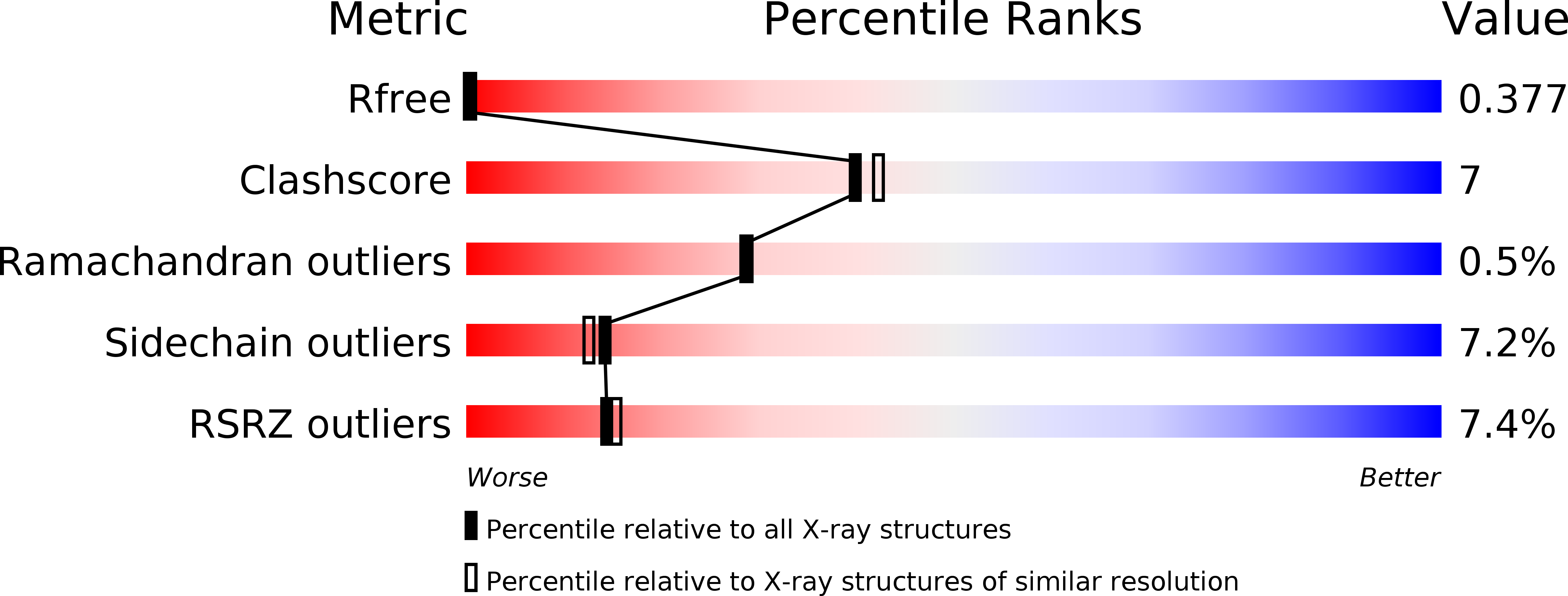
Deposition Date
2014-03-31
Release Date
2014-07-30
Last Version Date
2024-10-30
Method Details:
Experimental Method:
Resolution:
2.25 Å
R-Value Free:
0.33
R-Value Work:
0.28
R-Value Observed:
0.28
Space Group:
C 1 2 1


